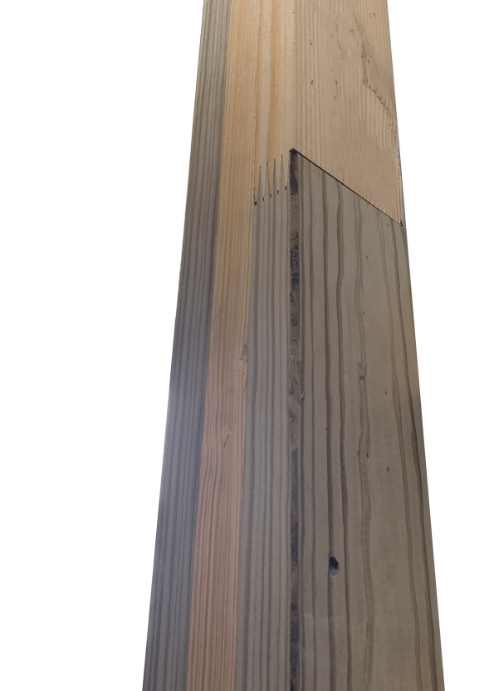jlholt911969
Structural
I was just notified that a post-frame building I designed has the posts installed, but the treated section of the post ends about 3" below the top of the 4" concrete slab. This leaves the rest of the untreated column above the soil, but still against the inside of the concrete floor. I am using the floor to pin the column and therefore the column should be in contact with the concrete. I am sure this has happened before but never reported to me, and so it's never come up until now. Since this is a State project the requirements are more stringent, and so they have asked me for a fix. Is there a way for me to treat or protect the column from the concrete? The only thing I can think of is to break out the concrete around the column treat the column externally and repour the floor. As you can imagine the contractor is not happy with that and the State isn't too keen on that repair either. The State will accept what I require, but is there a more non-destructive way of getting this taken care of?

